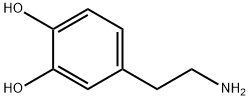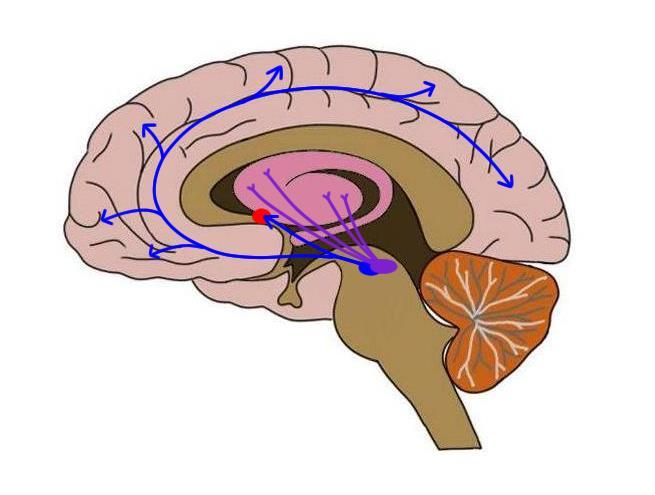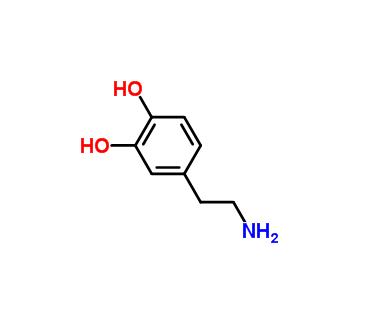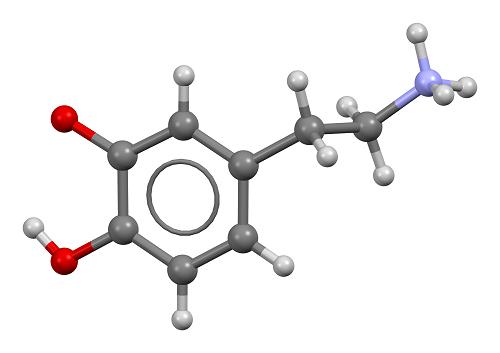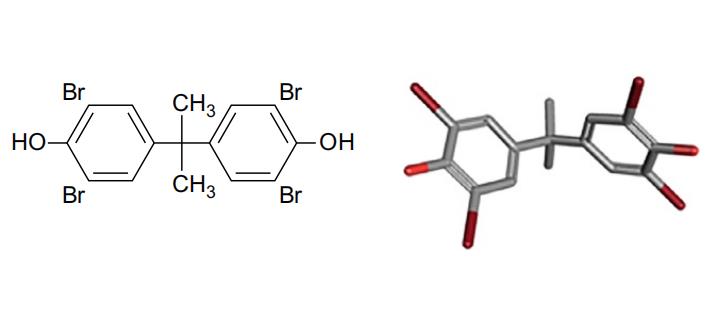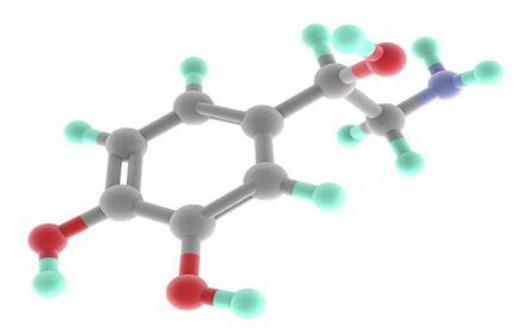Synthesis and release of Dopamine
Dopamine plays roles as both a hormone and a neurotransmitter. Dopamine inhibits prolactin release and plays a role in reward-motivated behavior. Parkinson's disease is caused by a loss of dopamine neurons in the substantia nigra. Attention deficit hyperactivity disorder, bipolar disorder, and addiction are also associated with altered dopamine production or metabolism.
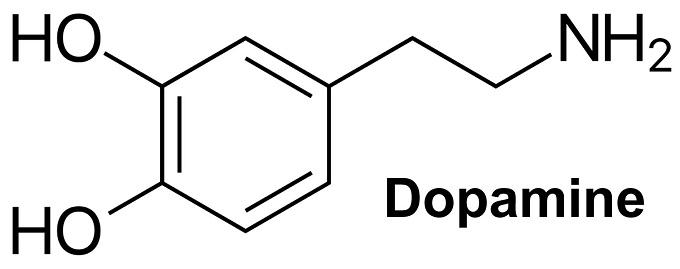
Discovery
Dopamine was first synthesized by George Barger and James Ewens in 1910.Kathleen Montagu identified it in the human brain in 1957. Arvid Carlsson and Nils-Åke Hillarp demonstrated the function of dopamine as a neurotransmitter in 1958.Carlsson was awarded the Nobel Prize in Physiology or Medicine in 2000 for “discoveries concerning signal transduction in the nervous system.” It has been reported that dopamine exists in the nervous systems of cnidarian species such as the jellyfish, hydra, and coral.
Dopamine functions as a neurotransmitter in vertebrates, echinoderms, arthropods, mollusks, and nematodes.Although dopamine is involved in reward learning and responses to food rewards in many invertebrate groups, another biogenic amine, octopamine, has a greater effect on reward learning and reinforcement than dopamine in arthropods.
Properties
Mr. 153.18. Dopamine is freely soluble in water (1 g/mL at 25°C), methanol, and hot 95% ethanol. Dopamine is protonated in acidic environments. The protonated form is highly soluble in water and relatively more stable. Dopamine cannot cross the blood-brain barrier. It is supplied as dopamine hydrochloride (a white crystalline powder) for chemical and pharmaceutical use.
Synthesis and release
Gene, mRNA, and precursor
Dopamine is primarily synthesized from L-DOPA by aromatic L-amino acid decarboxylase (AADC, DOPA decarboxylase) with pyridoxal phosphate (PLP) as a cofactor. L-DOPA is synthesized from L-tyrosine by tyrosine hydroxylase.
Tissue distribution of mRNA
Dopamine is synthesized in neurons and the medulla of the adrenal gland.
Plasma concentration
Steady-state arterial plasma concentrations of dopamine ranged from 0.013–0.3 μg/mL in seriously ill infants receiving dopamine infusions at 5–20 μg/kg/min.The half-life of dopamine in plasma is approximately 1min in adults and 2min in infants.
Regulation of synthesis and release
Tyrosine hydroxylase is the rate-limiting enzyme in catecholamine synthesis.Dopamine is transported to synaptic vesicles after synthesis by the vesicular monoamine transporter (VMAT2). After release, dopamine is absorbed by the presynaptic cell by the dopamine transporter or the monoamine transporter.
Dopamine can be repackaged into vesicles by VMAT2 or broken down into 3,4-dihydroxyphenylacetaldehyde (DOPAL), 3,4-dihydroxyphenylacetic acid (DOPAC), and homovanillic acid (HVA) by monoamine oxidase (MAO-A, MAO-B), catechol-O-methyl transferase (COMT), and aldehyde dehydrogenase (ALDH) acting in sequence.
You may like
Related articles And Qustion
See also
Lastest Price from 3-Hydroxytyramine manufacturers

US $0.00/kg2025-04-02
- CAS:
- 51-61-6
- Min. Order:
- 1kg
- Purity:
- 99%
- Supply Ability:
- 10000kg

US $0.00/kg2025-03-07
- CAS:
- 51-61-6
- Min. Order:
- 1kg
- Purity:
- 0.99
- Supply Ability:
- 20tons
